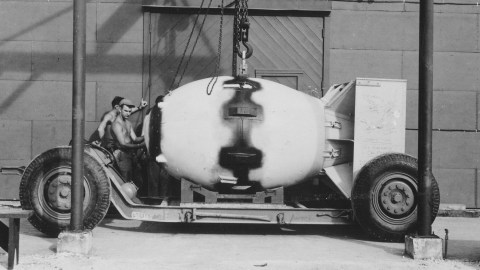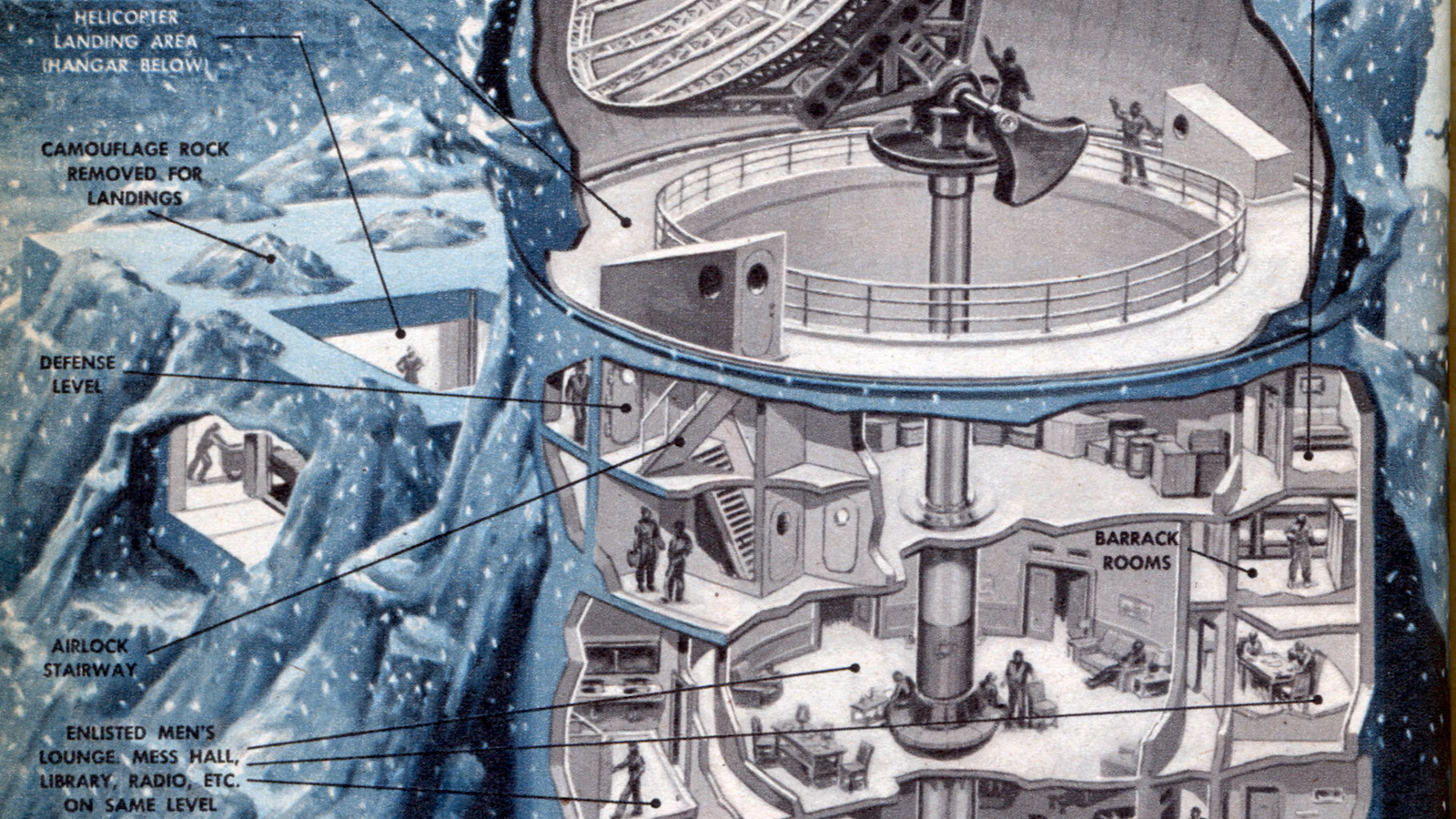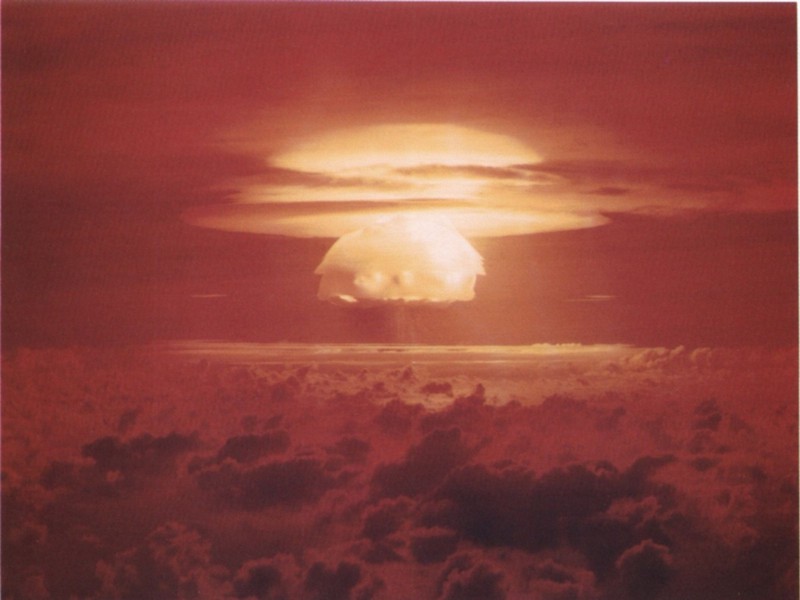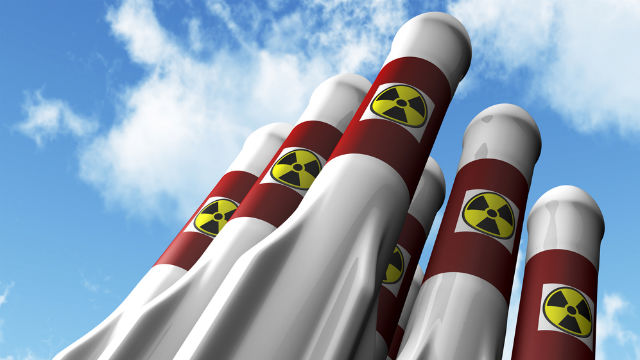How has a nuclear weapon never accidentally detonated?

- There have been numerous accidents involving nuclear weapons over the years, but, miraculously, none has ever detonated.
- While we did get lucky on a few occasions, there are also important safety features built into nuclear weapons that prevented a cataclysmic nuclear explosion.
- With modern safety mechanisms installed into most American nukes, it is highly unlikely that there will ever be an accidental nuclear detonation.
They’re called “broken arrows“: unexpected events involving nuclear weapons that result in “accidental launching, firing, detonating, theft, or loss.” Ever since nuclear weapons came into existence over 75 years ago, there have been at least 32 such events, yet none has resulted in a calamitous atomic explosion. This begs the simple question: how? Because there certainly have been close calls…
On May 22, 1957, a U.S. military aircraft was ferrying a weapon from Biggs Air Force Base in Texas to Kirtland Air Force Base in New Mexico. On approach to Kirtland, the weapon unexpectedly dropped from the bomb bay at an altitude of 1,700 feet. The explosive material around the warhead detonated, completely destroying the weapon and making a crater approximately 25 feet in diameter and 12 feet deep, yet there was no nuclear explosion.
Nine years later, an American B-52 Bomber and a K-135 Stratotanker collided during a midair refueling and both went down near Palomares, Spain. The B-52 was carrying four nuclear weapons. While the triggering explosives of two of the weapons detonated upon impact with the ground, again, there was no nuclear explosion. Some radioactive material was released, however.
On September 19, 1980, at a nuclear missile silo in Arkansas, an Air Force repairman dropped a heavy wrench socket that fell to the bottom of the silo, bounced, and punctured the missile’s pressurized fuel tank. About eight hours later, as a team of specialists attempted to repair the missile, the vapors ignited, triggering an explosion that engulfed the missile and killed one of the specialists. Still, the nuclear warhead did not explode.
These instances, and others like them, did not result in nuclear disaster due to the remarkable safety features built into the weapons. While these features were surprisingly simple in the 1950s, they have grown more advanced over time.
For example, in the 1957 accident outside Kirtland, there was no nuclear detonation because the capsule of nuclear material was not loaded into the bomb itself when it mistakenly dropped (though it was onboard the aircraft). Keeping the bomb and the nuclear warhead separate was “the ultimate in nuclear detonation safety,” wrote David W. Plummer and William H. Greenwood, both specialists in nuclear weapons at Sandia National Laboratories, “because the weapon did not physically exist until the items were assembled. Assembly was to be performed at the last moment, frequently during deployment, say in the cargo bay of an aircraft en route to the target.”
This safety plan fell by the wayside during the Cold War, however, as the U.S. military desired its nuclear weapons to be ready to go at a moment’s notice. New safety innovation was required.
“Instead, switches and other components were used to isolate the nuclear material from the energy needed to cause detonation,” described Jason M. Weaver, a Senior Systems Engineer at Sandia National Laboratories.
This was what prevented nuclear disaster near Palomares, Spain. For fission and fusion bombs, a conventional triggering explosion must provide enough heat and pressure to detonate the nuclear warhead. Without it, a nuclear chain reaction, where energetic neutrons slam into atomic nuclei and release more neutrons, won’t take place.
The U.S. really started to get serious about nuclear weapons safety in the late 1960s and 1970s, implementing a new policy called ENDS: Enhanced Nuclear Detonation Safety, built on the pillars of isolation, incompatibility, and inoperability.
“The critical components necessary for a nuclear detonation are isolated from their surroundings by placing them within a special region enclosed by an energy barrier,” Plummer and Greenwood explained.
This barrier can only be opened by trained personnel before actually firing the weapon. But isn’t it possible that damage to the nuclear weapon could break through the barrier? That’s where incompatibility comes in.
“The only way to… allow arming signals through is to send it a specific complex pattern called a ‘unique signal,'” Weaver wrote. “This unique signal is engineered to be extremely unlikely to be found anywhere in normal or abnormal environments. If an incorrect unique signal or a similar but different signal from the environment is received by the strong link, the device immediately and permanently locks up in the safe state.”
Finally, there’s inoperability. Again, Weaver:
“In an accident, at some point before isolation may be lost, one or more of the detonation-critical components must be rendered inoperable. This is often done by including in the component a key material known to melt at a specific temperature well below the failure temperature of the barriers and strong links. A detonation-critical component that is assured to become permanently inoperable in certain environments is called a ‘weak link.'”
So, in a fire, for example, the weapon’s “weak link” will break and render the warhead inert.
In 2012, well after ENDS was instituted, the American Association for the Advancement of Science and the Union of Concerned convened a workshop of experts on nuclear weapons safety and concluded that the U.S. stockpile’s safety is “reasonably mature”.
Early on, the U.S. was undeniably fortunate to avoid a significant nuclear weapons accident, and though it does seem unlikely to ever occur with present safety measures, we must remain vigilant. After all, as Nobel Prize-winning physicist and Manhattan Project-member Richard Feynman once said, “When playing Russian roulette, the fact that the first shot got off safely is little comfort for the next.”





